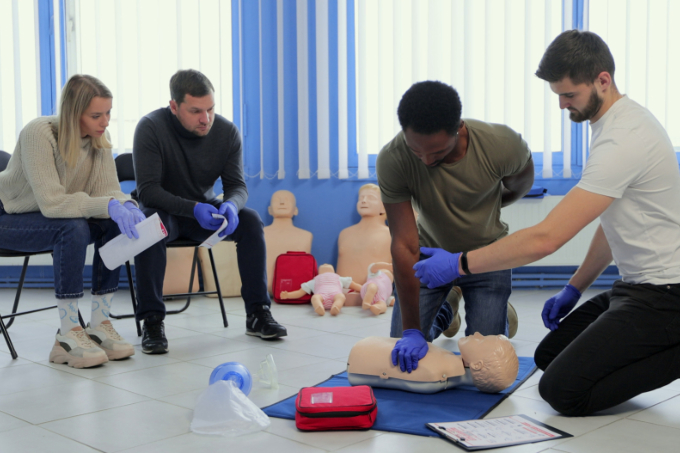
When it comes to saving lives, knowing how to perform CPR (Cardiopulmonary Resuscitation) is essential. However, adult CPR differs significantly from child CPR. Understanding these differences can make a real difference in an emergency.
- Age and Size Matters
Adult CPR is designed for individuals aged 12 and older, while child CPR is specifically tailored for those aged 1 to 11. The main difference lies in the technique used. For adults, you apply hard, deep compressions at a rate of 100 to 120 compressions per minute. For children, use one hand instead of two, and compress to a depth of about 1.5 inches, which is appropriate given their size.
- Breaths and Compressions
In adult CPR, the ratio of compressions to breaths is 30:2. However, in child CPR, if you’re alone, it’s recommended to perform hands-on CPR until emergency services arrive. If there are two rescuers, continue with the same 30:2 ratio. This knowledge is crucial for certified nurse assistant in California, who often encounter emergencies in their roles.
- Use of AED
Automated External Defibrillators (AEDs) are commonly used for adult victims but have specific pediatric pads for children. Always ensure you’re using the correct device based on the age of the victim. For healthcare professionals in California, understanding how and when to use an AED is a critical component of patient care.
- Emotional Considerations
Performing CPR on a child can be emotionally taxing. It’s essential to remain calm and focused, as children are particularly sensitive to stress. This is where skills learned in nursing skills workshops can be invaluable, helping caregivers stay composed under pressure.
Being prepared can save lives. If you want to learn more about CPR techniques or enroll in a workshop, contact Top Flight Nursing Institute today! Your training could make all the difference when it matters most.







Leave a Reply